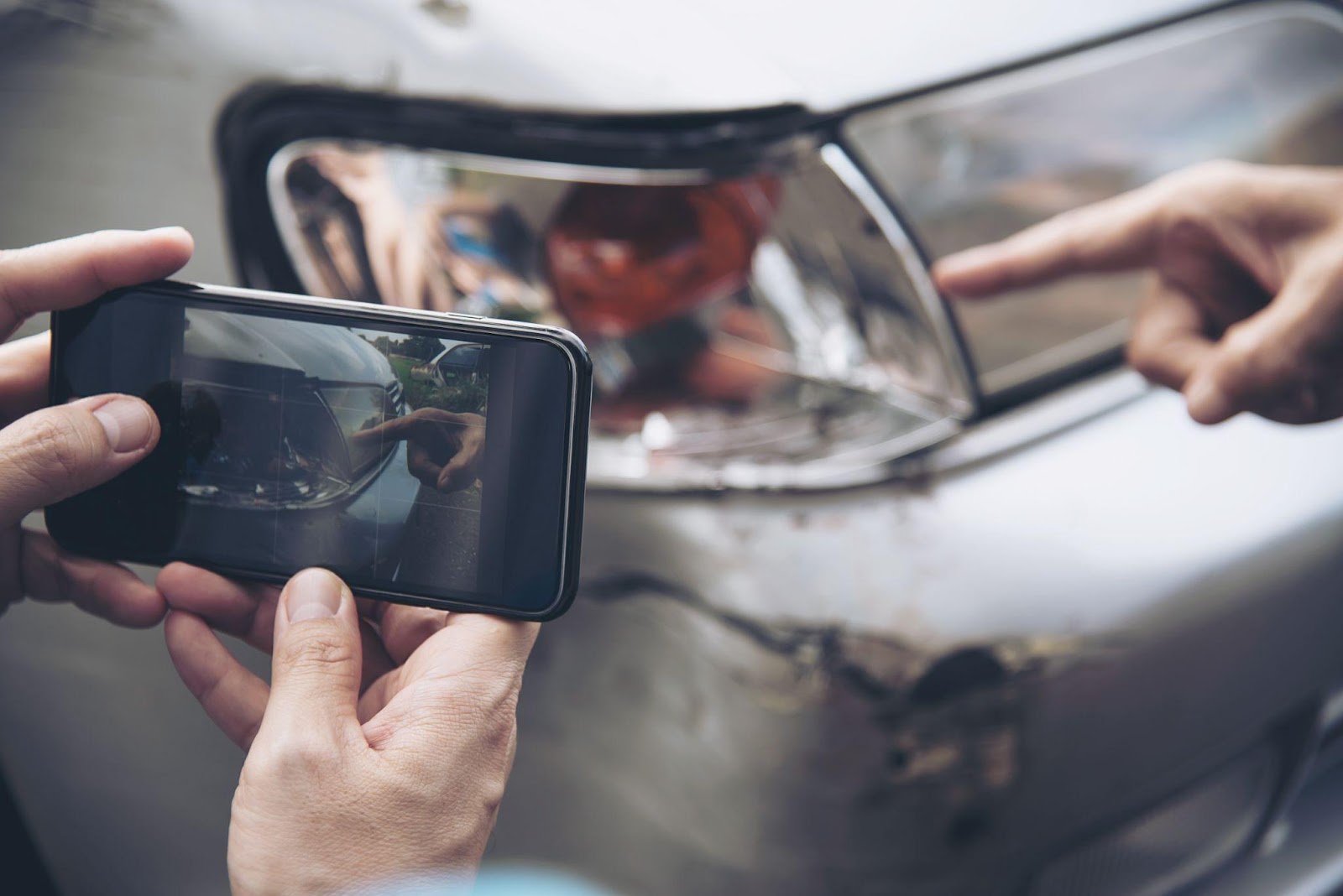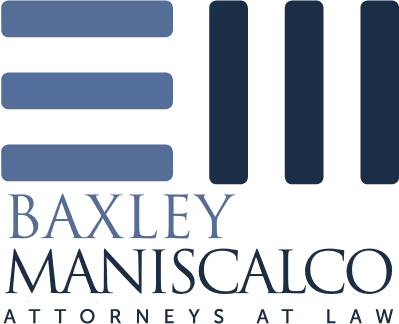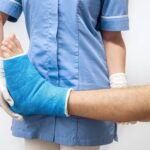
Picture this: You’re stopped at a red light, glancing at your rearview mirror, when suddenly—BAM! The jarring impact of another vehicle slamming into your car jolts you forward.
In that split second, you’ve joined the ranks of over 1.7 million rear-end collision victims in the U.S. each year.
The evidence you gather in the moments, days, and weeks following your accident becomes your lifeline. But what exactly should you document? How can you ensure that every crucial detail is captured and preserved?
Here, our Alabama car accident attorneys will walk you through the steps to document evidence effectively, empowering you to build a strong case for your claim.
Understanding Rear-End Collisions in Alabama
In the blink of an eye, a routine drive can turn into a stressful ordeal when another vehicle crashes into the back of your car.
Rear-end collisions are among the most common types of car accidents in Alabama, often occurring at intersections, in heavy traffic, or due to distracted driving.
These accidents can result in a range of injuries, from minor whiplash to severe spinal cord damage, and may leave victims facing mounting medical bills and lost wages.
Alabama follows a contributory negligence rule, which means that if you’re found even 1% at fault for the accident, you may be barred from recovering compensation.
This makes proper documentation of evidence absolutely critical in establishing the other driver’s fault and protecting your right to compensation.
Immediate Steps After a Rear-End Collision
The moments immediately following a rear-end collision are crucial for gathering evidence. Here’s what you should do:
- Ensure Safety: First and foremost, check yourself and others for injuries. If it’s safe to do so, move your vehicle to the side of the road to prevent further accidents.
- Call the Police: Always call 911 to report the accident, even if it seems minor. A police report serves as an official record of the incident.
- Seek Medical Attention: Even if you feel fine, get checked by a medical professional. Some injuries, like whiplash, may not be immediately apparent.
- Gather Information: Exchange contact and insurance information with the other driver(s) involved. Be sure to get their name, phone number, address, insurance company, and policy number.
- Document the Scene: Use your smartphone to take photos and videos of the accident scene, vehicle damage, and any visible injuries.
Remember, your actions in these first few moments can significantly impact your ability to file a successful claim later on.

Collecting Crucial Evidence at the Accident Scene
When it comes to documenting evidence for your rear-end collision claim, the accident scene is a goldmine of information.
Here’s what you should focus on capturing:
- Vehicle Positions: Take photos showing the positions of all vehicles involved, including wide shots that show the entire scene and close-ups of the point of impact.
- Vehicle Damage: Document all visible damage to your vehicle and the other vehicle(s) involved. Pay special attention to the rear of your car and the front of the vehicle that hit you.
- Road Conditions: Capture any relevant road conditions, such as skid marks, debris on the road, or malfunctioning traffic signals.
- Weather Conditions: If weather played a role in the accident, take photos or videos that illustrate the conditions (e.g., wet roads, fog, or glare from the sun).
- Traffic Signs and Signals: Document any relevant traffic signs, signals, or road markings that may have been a factor in the collision.
- Witness Information: If there are any witnesses, ask for their contact information and if they’d be willing to provide a statement.
By thoroughly documenting the accident scene, you’re creating a visual record that can help reconstruct the events leading to the collision and support your claim.
Gathering Medical Evidence
Medical evidence is crucial in demonstrating the extent of your injuries and linking them directly to the rear-end collision.
Here’s how to ensure you have comprehensive medical documentation:
- Seek Immediate Medical Attention: Even if you feel fine, get checked out by a doctor. Some injuries, particularly soft tissue injuries common in rear-end collisions, may not be immediately apparent.
- Follow Your Doctor’s Orders: Adhere to all treatment plans and follow-up appointments. This demonstrates that you’re taking your injuries seriously.
- Keep a Symptom Journal: Document your symptoms, pain levels, and how your injuries affect your daily life. This can provide valuable context to your medical records.
- Retain All Medical Records: Keep copies of all medical reports, test results, prescriptions, and bills related to your injuries.
- Document Lost Wages: If your injuries cause you to miss work, keep records of lost wages and any communication with your employer about your absence.
Remember, thorough medical documentation not only supports your claim but also ensures you receive proper treatment for your injuries.
Obtaining the Police Report
The police report is a critical piece of evidence in your rear-end collision claim. Here’s what you need to know:
- Request a Copy: You can typically obtain a copy of the police report from the local law enforcement agency that responded to the accident.
- Review for Accuracy: Carefully review the report for any errors or omissions. If you find any inaccuracies, contact the police department to request corrections.
- Understand the Contents: The report typically includes details such as the date, time, and location of the accident, as well as the officer’s assessment of what happened and who was at fault.
- Use as Supporting Evidence: The police report can serve as an impartial account of the accident, which can be valuable in supporting your claim.
While the police report is important, remember that it’s just one piece of the puzzle in documenting evidence for your claim.
Documenting Communication with Insurance Companies
Proper documentation of your interactions with insurance companies is crucial for protecting your interests.
Here’s how to approach this:
- Keep a Communication Log: Record the date, time, and content of all phone calls, emails, and letters with insurance representatives.
- Save All Written Communication: Keep copies of all emails, letters, and text messages exchanged with insurance companies.
- Document Claim Numbers: Make note of any claim numbers or reference numbers provided by the insurance company.
- Be Cautious with Recorded Statements: If asked to provide a recorded statement, consider consulting with an attorney first to ensure your rights are protected.
- Review Settlement Offers Carefully: If you receive a settlement offer, document it and consider having it reviewed by a legal professional before accepting.
Remember, insurance companies are businesses focused on minimizing payouts. Careful documentation of your interactions can help ensure you’re treated fairly.
Frequently Asked Questions
To help you navigate the process of documenting evidence for your rear-end collision claim, here are answers to some commonly asked questions.
How Long Do I Have to File a Claim After a Rear-End Collision in Alabama?
In Alabama, you generally have two years from the date of the accident to file a personal injury lawsuit. However, it’s best to start the process as soon as possible to ensure evidence is preserved.
What If the Other Driver Admits Fault at the Scene but Later Denies It?
This is why documenting everything at the scene is crucial. If possible, record any admissions of fault (with permission). The police report and witness statements can also help establish fault.
Can I Still Claim Compensation If I Was Partially at Fault for the Rear-End Collision?
Alabama follows a strict contributory negligence rule. If you’re found even 1% at fault, you may be barred from recovering compensation. This makes thorough documentation of evidence even more critical.
What If My Injuries Don’t Appear Until Days After the Accident?
It’s common for some injuries, like whiplash, to have delayed symptoms. This is why it’s important to seek medical attention immediately after an accident, even if you feel fine. Continue to document any symptoms that develop over time.
Should I Accept the First Settlement Offer From the Insurance Company?
It’s generally not advisable to accept the first offer without careful consideration. Insurance companies often start with a low offer. Consider having the offer reviewed by a legal professional before accepting.
What If the Other Driver Is Uninsured or Underinsured?
In this case, you may need to rely on your own uninsured/underinsured motorist coverage. Documenting evidence is still crucial, as you may need to prove your case to your own insurance company.
Can Social Media Posts Affect My Claim?
Yes, insurance companies often monitor claimants’ social media accounts. Avoid posting about the accident or your injuries on social media, as these posts could potentially be used against you.
Empowering Your Claim with Solid Evidence
Documenting evidence for your rear-end collision claim in Alabama is a critical process that can significantly impact the outcome of your case. By following the steps outlined in this guide, you’re equipping yourself with the tools needed to build a strong claim.
While the process may seem overwhelming, remember that you don’t have to navigate it alone. Whether you choose to handle your claim independently or seek professional legal assistance, the key is to be thorough, organized, and proactive in your approach to evidence gathering.
By taking control of your claim through meticulous documentation, you’re not just protecting your legal rights; you’re taking an important step toward recovery and justice. Stay informed, stay prepared, and don’t hesitate to seek help when you need it.
Don’t let valuable evidence slip away. Act now to protect your rights and secure the compensation you deserve. Contact Baxley Maniscalco today to schedule your free consultation.
Can't find what you're looking for? Search our site below.










